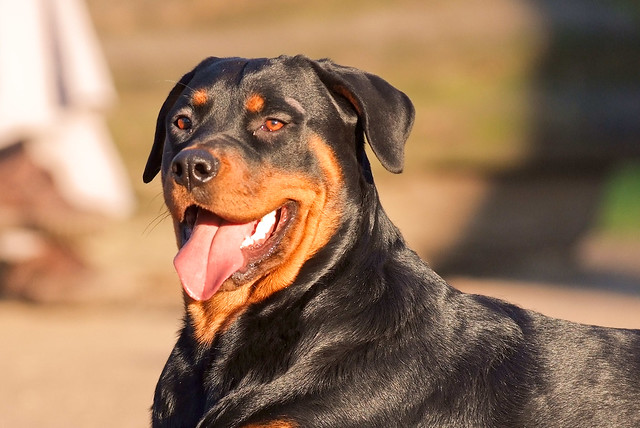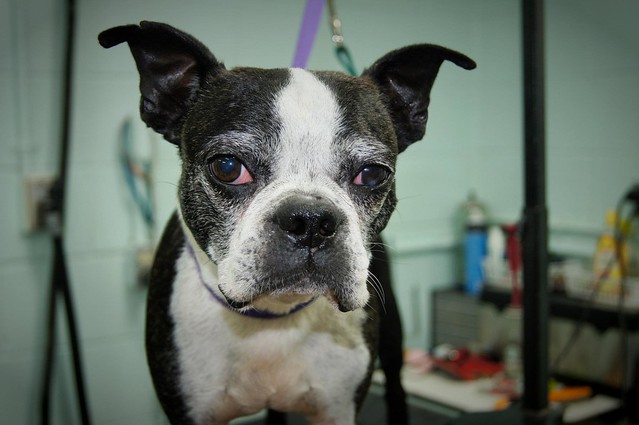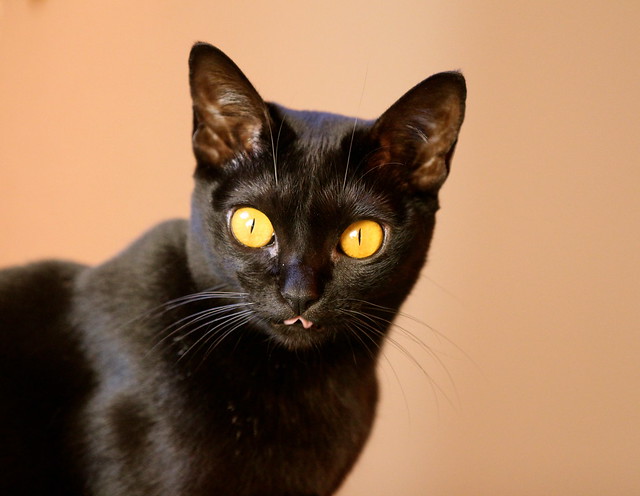It is hard to find a dog breed that has a more conflicting temperament description than the Rottweiler. Known as a gentle giant and loving family companion on one hand and as an attack dog on the other, it is hard to decipher the true nature of the Rottweiler. The truth is, much of what a Rottweiler will become is due to ancestry and how they are raised.
This large breed weighs between 85-125 lbs and reaches a height 22" to 27". Their name is pronounced ROTT-why-ler. They are a powerful dog with protective instincts that will come out if they feel that their family, home or territory is being threatened, making them an excellent guard and watchdog.
 |
| Rottweiler - Photo by arne.lis (cc) |
Their AKC acceptable coat coloring is black with mahogany with rust markings. They markings typically include dots above their eyes and markings on their legs, paws, and muzzle. Their short, straight, hard, dense and coarse coat is easy to groom. They require an occasional brushing and only need a bath when necessary.
Extremely loyal and protective of its family and property, the Rottweiler is considered one of the best watchdogs. Early socialization is not just recommended, but is necessary for children, other dogs and pets. If any of these are introduced when a Rottweiler is older, they can become aggressive and territorial. They need to be trained from when they are a puppy to help curb dominance issues. This is important for them to recognize you as the master instead of the other way around. They need regular exercise and play and need plenty of outside time. They should not be locked inside all day.
When outside they need to be in a well-secured yard and they should always be walked on a leash. This is imperative due to their territorial instincts. They are extremely wary of strangers. Rottweilers need firm, consistent training but should never be treated in a harsh or abusive nature. Extreme rough housing feeds into their aggressive tendencies where as a home that is calm, loving and gentle with their Rottweiler will feed into their gentle side.
The Rottweiler originated in Germany. They get their name from Rottweil in Wurttemberg which is where they were originally bred. They are descendants of the Italian Mastiffs. The Rottweiler was mainly used as a watchdog, guard dog, and police dog. They faced extinction towards the end of the 19th century but were brought back due to the efforts of extensive breeding programs.
Large, powerful and protective, the Rottweiler was born to be a guard dog. Research needs to be done on their ancestry before bringing them into your home to ensure that there is not a history of aggression. This research is especially important if you are bringing them into a home with other pets or small children to make sure that your home is right for this particular breed.


















